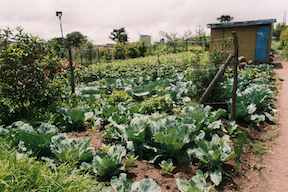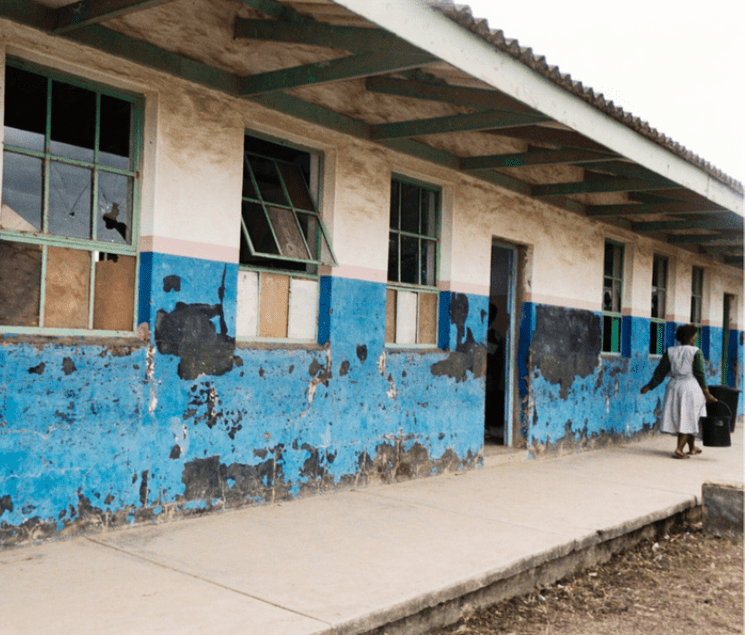By Diana Weggler
“Photovoice is an innovative way to reflect, talk, learn, share, and make a difference for yourself and others.” -PhotovoiceWorldwide
Photovoice puts cameras in the hands of people with valuable lived experience so they can explore and share their perspectives on health, family, community, and their futures.
The goal of photovoice is to give a “voice” to those who—because of their age, status, or condition—do not have a strong say in the policies and decisions that impact their health, safety, and quality of life. Photovoice participants around the globe include people living with chronic health conditions or disabilities, minorities, youth, veterans, immigrants, people living with mental illness, parents of children with special needs, people who are homeless, and many others.
Using the photovoice method, participants share stories with pictures and words, documenting their challenges and strengths, successes and failures, hopes and fears—from their perspective. Their photos and captions prompt respectful conversations among equals—whether researchers, participants, community members, or decision-makers. The photos, captions, and conversations become valuable data for advocacy, policymaking, and decisions on a path forward.
With photovoice, a range of stakeholders—patients, clinicians, researchers, community members, nonprofits—work together to:

- Learn about photovoice and decide on a topic
- Take photographs that show their thoughts and experiences
- Discuss and reflect on their photos and experiences
- Write or dictate captions to share the stories behind their photos
- Identify common themes
- Inform others through exhibits and other outreach.
Unlike traditional methods of research, where the persons conducting the study hold all the power, photovoice flips this script by empowering the persons being studied to be co-researchers. This participatory approach generates authentic, real-life data that opens people’s eyes to new possibilities, creates awareness, and becomes a catalyst for change. After participating in photovoice, many participants find they have greater confidence and self-esteem from having had an opportunity to be seen, be heard, and help others.
The following examples illustrate a few of the limitless applications possible using the photovoice participatory research method:
- A “Talking with Pictures” photovoice project in Lexington, Mass., looked with fresh eyes at community integration of older adults living with brain injury. Participants took photographs and wrote captions to investigate and share information on their lives, experiences, and community. The project exhibit fostered community dialog about the integration of people with disabilities into community life, and informed town decision-making regarding sidewalk improvements. It also gave the participants a deep and rewarding sense of pride and accomplishment. The project received a grant from the Dana Home Foundation and was sponsored by the nonprofit Supportive Living Inc
- In Mdantsane Township, South Africa, four members of the youth-led nonprofit Youth Academy were trained to be co-leaders on a photovoice project funded by the Equity Project, a partnership of the South African Department of Health and USAID. Participants took photographs of community resources and problems from their point of view, wrote captions, and prepared an exhibit organized under six themes: Health and Welfare, Education and Training, Community Vision, Economic Opportunity, Security, and Township Life. Exhibits at public libraries, the local hospital, and the regional capital captured policymaker attention and helped the young people feel heard.


- A group of girls in Lowell, Massachusetts, participated in a photovoice community activism project as an afterschool activity of Girls Incorporated of Greater Lowell. Project goals were to identify resources and challenges in Lowell as seen from the perspectives of adolescent girls. Using photographs and captions, Girls Inc. members documented community resources and needs, and reached policymakers and decision-makers through an exhibit at City Hall. The project was sponsored by Girls Inc. of Greater Lowell, with funding from the Association for American University Women.
- In a study of Veterans’ experiences feeding their families, photovoice engaged low-income veterans with children in reflecting on their experiences trying to provide adequate, nutritious food for themselves and their families. Researchers learned about the barriers veterans face in getting food on the table, the strategies they employ, and the impact these barriers and strategies have on their families. Their photos and captions prompted creation of a new model to describe and understand what influences the home food environment for veterans and improve their access to nutritious food for their children. This project was funded by the William T. Grant Foundation.
As you can see, the photovoice method can be adapted to almost any community or population, providing an opportunity for people to have a say in the policies, services, and decisions that impact their health, safety, and quality of life.
PhotovoiceWorldwide’s mission is to help individuals and organizations worldwide use photovoice safely, ethically, and successfully, and to create a global community for photovoice peer-to-peer support and continuing education.
